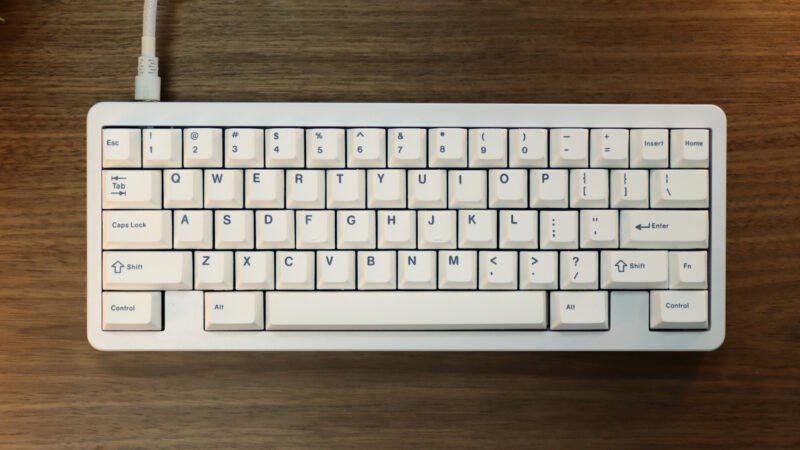Here we are, on this very fourth article of the “How To” Series. In this special series of blogs, we explained how to dockerize, Automate the build and deployment process for different kinds of platforms such as PHP, Python, Android, Flutter, iOS, etc. In this article, we will explain step by step process of Dockerizing process for the Android platform.
Now, Before we move further here is a little bit about ourselves: We are a bunch of people who love technology and specifically Information Technology, Artificial Intelligence, and Machine learning. Not limited to this, our developers have good command over DevOps infrastructure automation, and with that, we help loads of our clients to build their businesses. Before proceed further, if you need expert support get Docker professional consulting services from 9series.
Before diving into coding let’s check up on the basic things/stuff/requirements that are necessary for us to do the coding part:
- Dockerfile:
You see, the main file on Docker is Dockerfile. Basically, it is a virtual environment that runs temporarily and from which we can do all our processes or changes within the coding.
- Updated versions:
Do check up on all your software before starting the projects. Because in the middle one can not change it drastically.
Now, Let’s go towards the process:
- Android Image
- Docker Hub
- Build your docker app
Okay!! So, these are the 3 main steps from which you can easily build your android application within a docker. Let’s check out one by one.
- Android Image:
Below is the step by step guide to building an Android Image:
- First and foremost thing, you need to create a new docker directory that helps you to run different kinds of commands.
- Create a docker file and give it a name.
- Input the “android Gradle” command after your initial code setup this is one of the essentials for you to run your projects.
- Run “clean” command for cleaning up unrelated files
- Runt “Lint” command in order to get a permit to change into coding that is required and necessary for all the changes we will do.
- Docker Hub:
We need to push our docker file to create the docker hub and below are the steps to just doing that:
- Create docker hub repo.
- Run command ‘docker images – a’ for pushing your docker file to docker hub.
- Add a tag and name it as you like.
(Note: This tag is given to docker image, not your file or other android files)
- Now, use the ‘docker push’ command for pushing our file to hubdocker.
This is how you build Docker Hub. and put your file into that Hub. Now, Let’s move on to the last step that is Building an app.
- Build your Docker App:
Here are the steps for creating an app within Docker. All we do here is first pull our app then build it.
- AS I said, Pulled the image from hubdocker
- Now, we want to run this app locally so, use the $gradle clean command in your android directory
- Then apply Gradle lint and Gradle builds command to build your app.
This is how you can build an android application within a Docker. It is easy to process. Remember, most of the time one can not deploy the whole application into docker but one can certainly build an application into Docker itself.
In the next article, we will talk about Docker containerization for Flutter, iOS so, stay updated with our articles.




Recent Comments